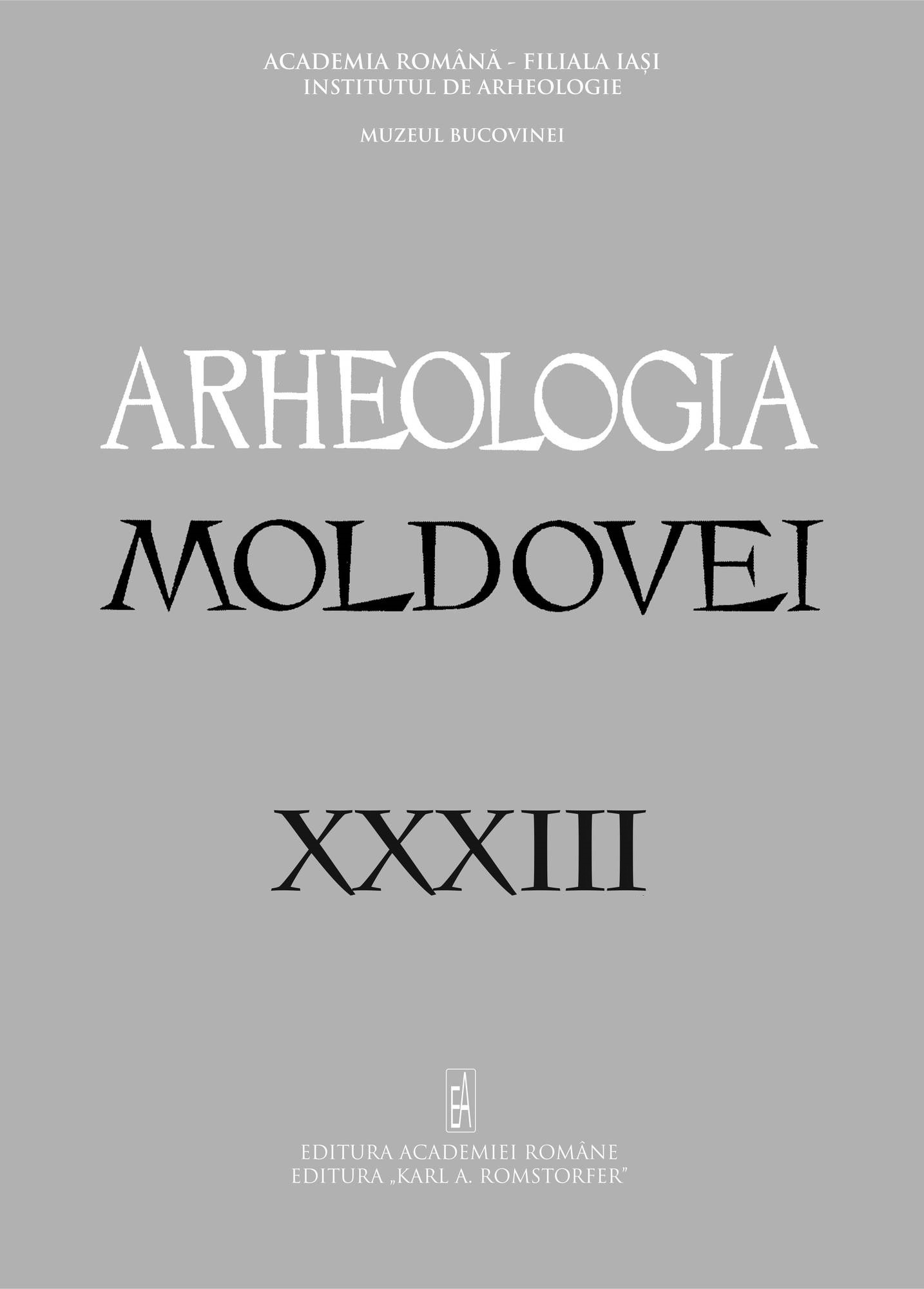
We kindly inform you that, as long as the subject affiliation of our 300.000+ articles is in progress, you might get unsufficient or no results on your third level or second level search. In this case, please broaden your search criteria.

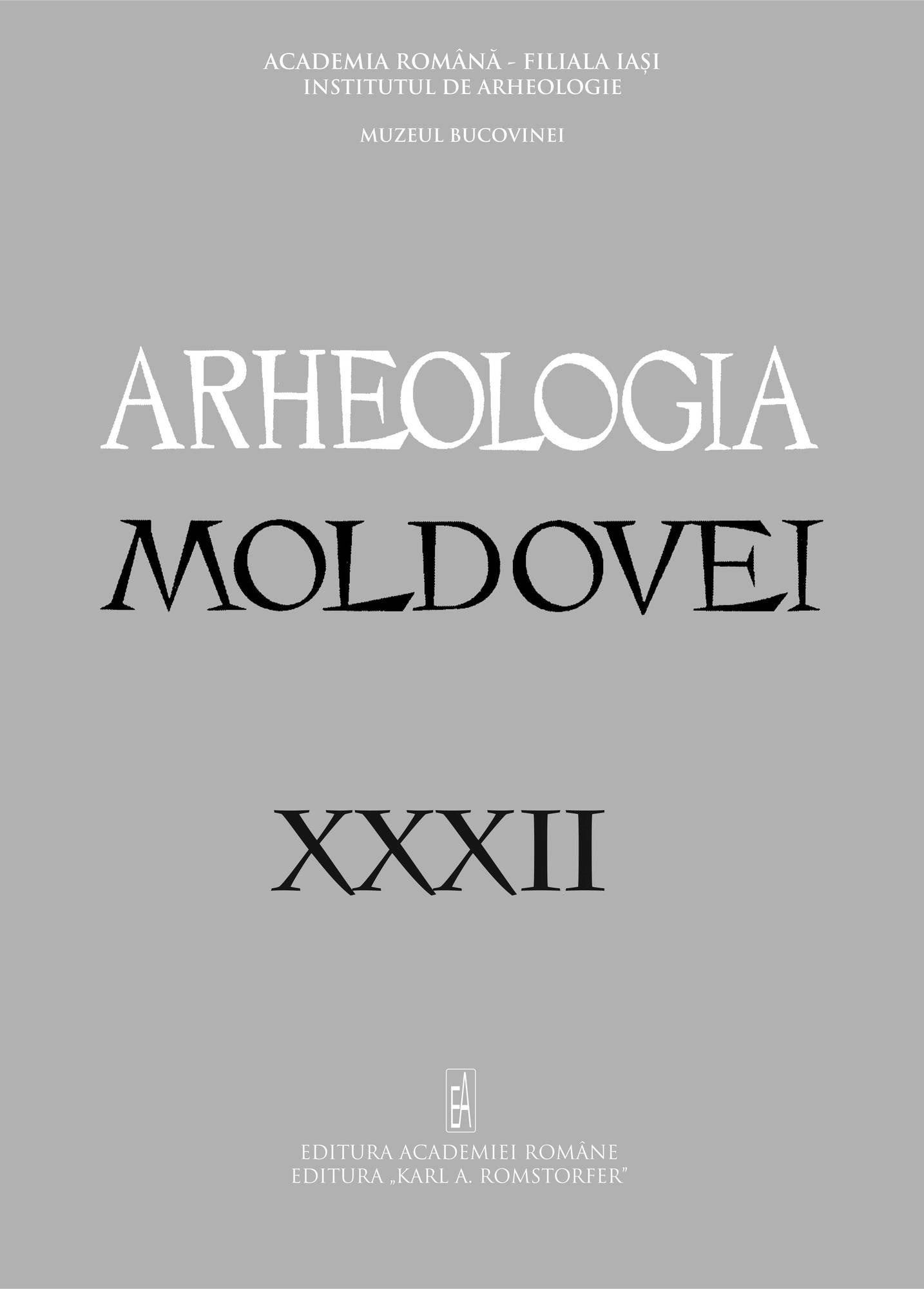
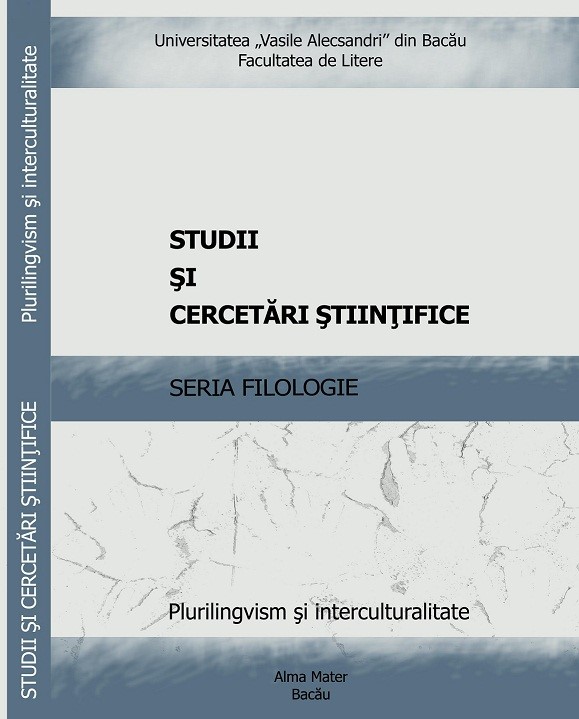
Le poète des Métamorphoses, des Heroïdes et des Fastes, celui qui a fait de la mythologie le thème de son chef-d’œuvre, Ovide inclut le mythe aussi dans les deux recueils d’élégies de l’exile, Tristia et Epistulae ex Ponto, de sorte qu’on peut constater une permanente alternance entre la mythologie et l’histoire concrète, entre le mythe et la réalité humaine.Le recours à la mythologie dans la poésie de l’exile doit être compris comme le résultat de l’aspiration du poète vers une certaine objectivation et vers le symbolisme révélateur. L’auteur utilise le fonds mythologique comme élément de comparaison pour des histoires courantes et, souvent, devient rhétorique, soit pour atténuer ses chagrins, soit pour nous mettre dans la situation de recevoir directement leur message émotif. D’autrefois, Ovide fait usage du mythe pour suggérer des réalités plus profondes qui, à cause des circonstances politiques, ne pouvaient pas être exprimées expressis verbis sans mettre l’auteur en péril.Cette œuvre regroupe une série de personnages mythologiques qui deviennent des emblèmes clef de l’exile ovidien qui servent pour exempla en divers moments de ses élégies, de manière que la réalité historique et la fiction mythique se réunissent dans une symbiose parfaite
More...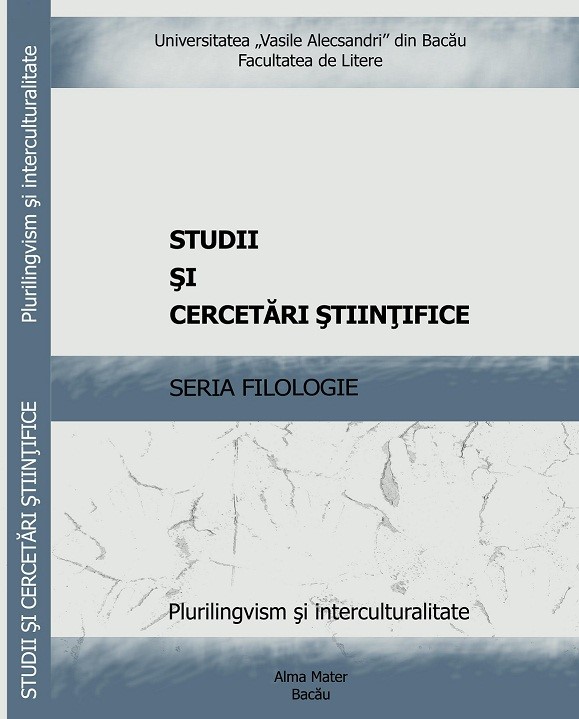
This paper is an attempt to illustrate the lexico-semantic level of semiosis, that is, we shall mention the synonymous terms relating to the concept of ‘house’, those terms embodying the representamen/sign vehicle/signifier, together with their semantic significations, so that we may illustrate the vast material that 19th-century English novels offer for our present approach. In order to understand the way in which the concept of the “house” signifies on the pragmatic level of semiosis, we should take into consideration such aspects as: who uses the house, how the house as an object is used by various subjects (owners, inhabitants, guests, servants) and the specific purposes for which the house is used. In order to better understand the way in which the pragmatic level of the semiotic process works, we should also include the syntactic level of signification, a level that helps us establish the relations between object (house) and (humans) subjects, relations mainly based upon the paradigms of “need”, “desire” and “power”.
More...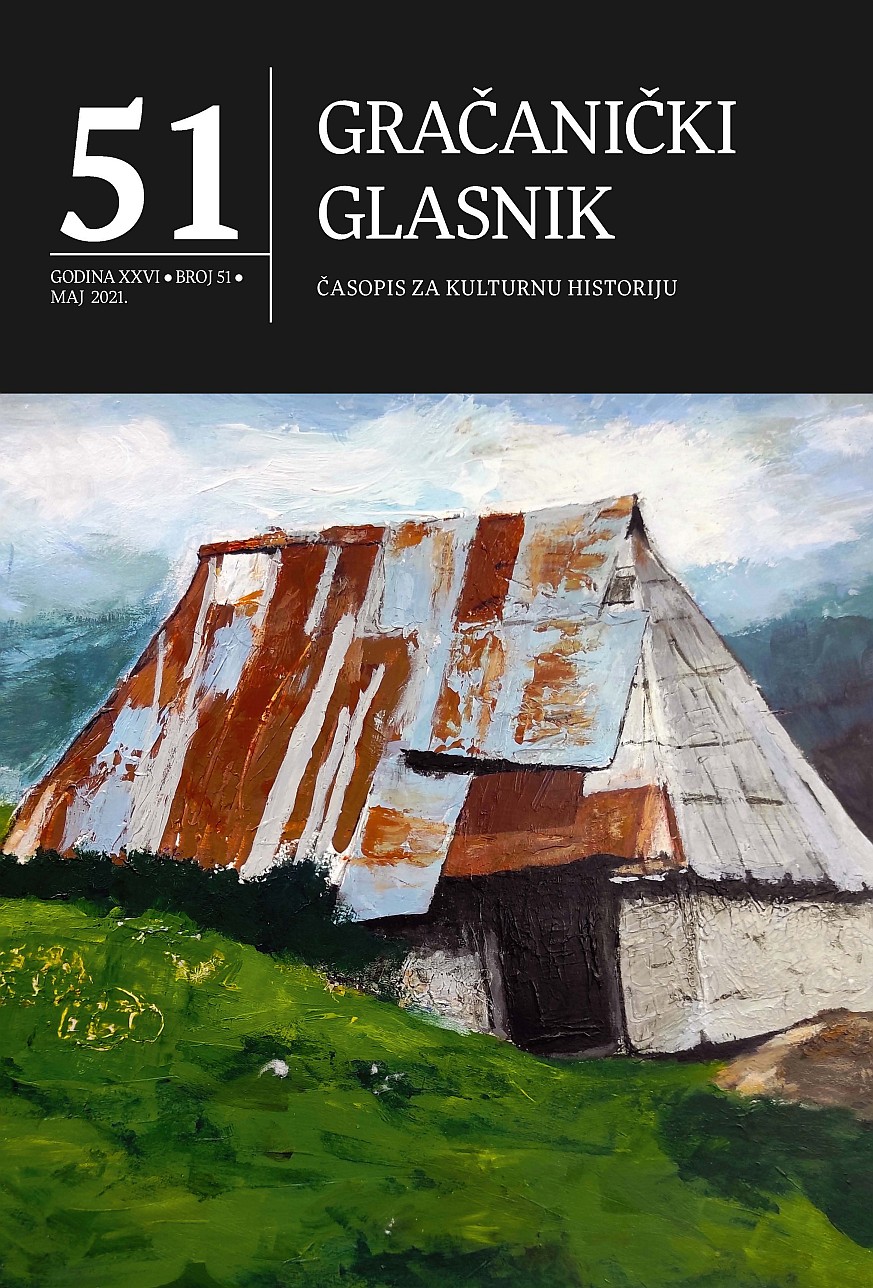
Attached are several documents from the archive of the Tuzla canton, which bring testimony on the stay of Todor Žuža from Gornja Lohinja near Gračanica in the Jasenovac concentration camp, and his unusual escape from the camp. The documents, primarily the statements made by Žuža himself and two of his neighbors and friends from the camp were created at the request of the Communist Party, which Žuža was a member of. Žuža was arrested in March 1942 with a large group of locals from his village and sent to Jasenovac. For a time he was assigned to forced labor in Feričani near Našice, and in the Bosanska Gradiška area. He remained in the camp until the end of May 1944. He escaped to the Kozara Mountain with a group of comrades, aided by one of the guards, and joined the partisans.
More...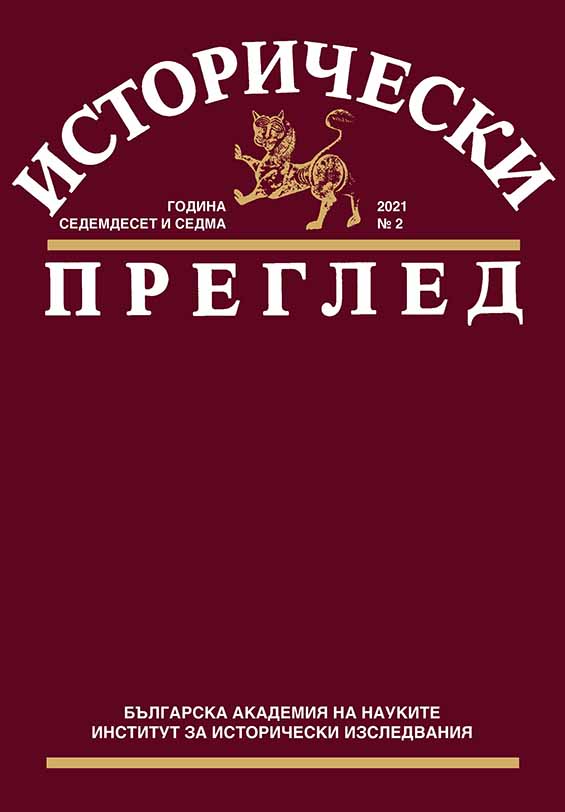
The study presents the strategies of France and Italy to intensify trade with China in the years after Mao Zedong as a starting point for the development of their cultural influence and vice versa; of Great Britain – to increase humanitarian contacts as a prerequisite for its larger trade supplies. As the topic is very broad, the examples that illustrate the described processes are mainly in the field of music and cinema. More attention is paid to China’s acceptance of Western European initiatives. The text traces and analyzes the development of China’s official positions regarding the foreign cultural presence in the country, and could serve as a guide for developing a successful diplomatic practice.
More...
At the April plenum of the Central Committee (CC) of the Bulgarian Communist Party (BCP) in 1956, a commission was elected to investigate the case of Traicho Kostov and the related trials. Georgi Tsankov, a member of the Politburo of the CC of the BCP and Minister of the Interior since January 6, 1951, also testified before this commission. It is clear from his testimonies that political repression and perversion were softened after 1951, but political trials, new arrests of party and military activists continued to be held, and members of the CC of the BCP were subjected to agency recruitment. The expulsions of “politically inconvenient people” from the border areas and from the big cities of the country and the deportations to labor camps did not stop. G. Tsankov blamed the Secretary General of the CC of the BCP and Prime Minister Valko Chervenkov, the Soviet advisers of the Ministry of Interior, and the investigators from the Bulgarian State Security for the “violations of the socialist legality”.
More...
The final phase of the assimilation of Aristotle’s philosophy in Western Europe focused on part of his practical philosophy, namely the Politics and Economics. It is believed that the most influential commentaries were those of Albert the Great and Thomas Aquinas (with Peter of Auvergne) whose political theory formed the basis for subsequent commentators on Aristotle’s Politics. The current article demonstrates a continuation of research on these issues in the field of the Polish medieval intellectual culture and also presents a third book of the commentary of one the most eminent Cracovian mediaeval thinkers, Paul of Worczyn. His views are an example of Polish medieval philosophy which is characterized by a pragmatism focused on ethics, politics, and economics. This peripatetic tradition played a great role in shaping Polish political theory.
More...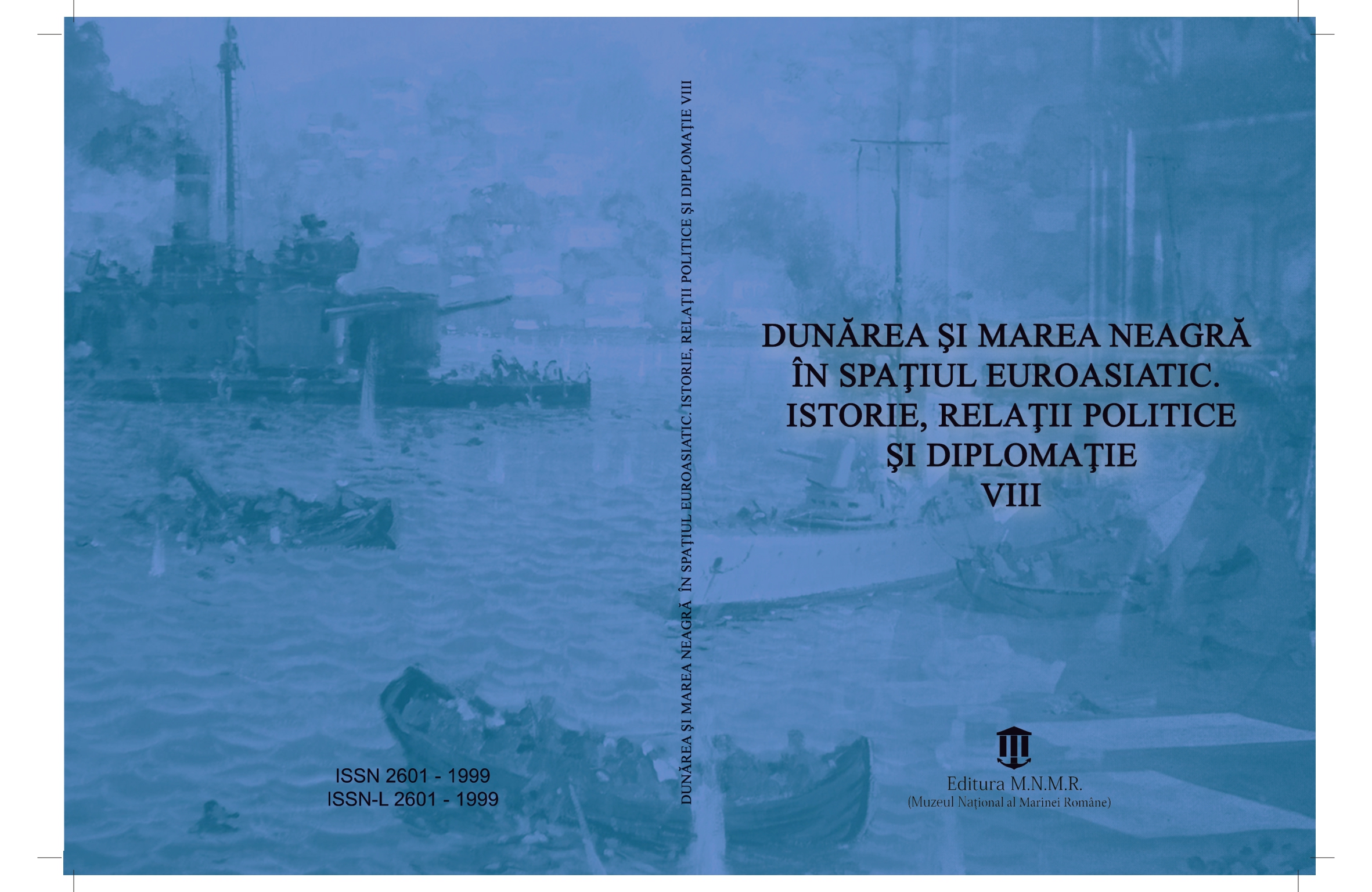
Andreea Croitoru`s new book is an important contribution for the Romanian naval historiography.
More...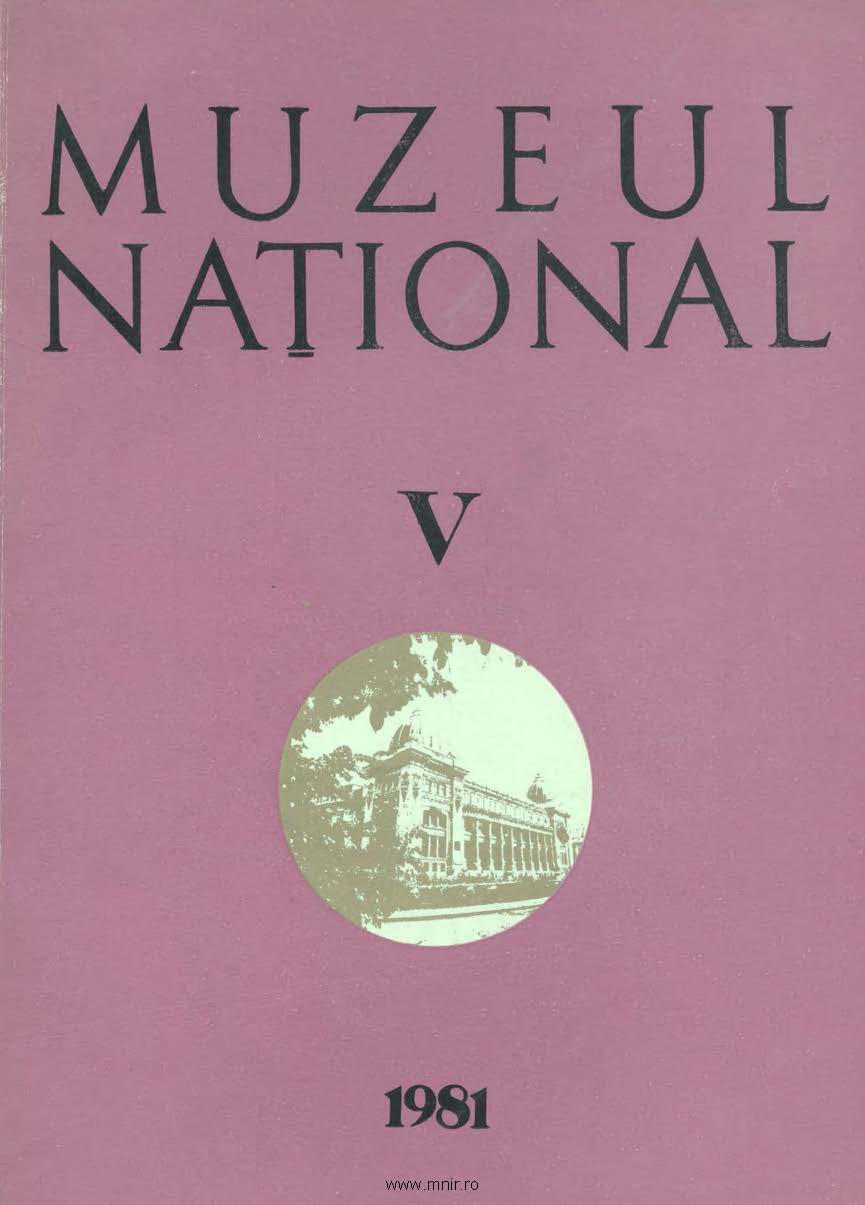
Notre travail traite quelques aspects concernant la réorganisation de la Moldavie sur des bases modernes après la révolution de 1848 sous le règne de Grigore Alex. Ghica (1849—1856), tels qu'ils sont mis en évidence dans la presse de l'enseignement de tous les degrés et du développement d'une littérature nationale — problèmes communs de l'évolution unitaire du peuple roumain, de l'existence d'une-conscience politique et des exigences générales d'unité nationale.
More...
Cette communication souligne et exemplific l'idée que le théâtre, qui est -né et s'est développé en accord avec l'histoire du peuple roumain, dans les années qui ont précédé l'Union nationale, a servi les aspirations des masses populaires, leur rêve de réaliser l'union nationale. Les représentants de ces aspirations ont été des personnalités de la vie artistique — des artistes citoyens : Matei Millo, Nicolae Luchian, Alex. Evolschi, Mihail Pascaly... Une juste compréhension du moment historique leur a permis de servir l'idéal de l'Union de la Moldavie et la Valachie par une propagande sérieuse menée sur la scène grâce à leur art.
More...
Vorliegendes Studium stellt die politische Lage im Kreis Mureş und in Nord-Siebenburgen dar, gleich nach dem Sieg der nationalen Insurrektion vom 23. August 1944 und die Beteiligung der demokratischen Krăfte, an der Spitze mit der Rumănischen Kommunistischen Partei, neben der rumănischen und sowjetischen Armee, zur Befreiung dieses rumănischen Gebietes, welches durch das wiener Diktat im August 1944 an das Horthy-Ungaren abgetreten wurde. Nach der Befreiung des Kreises Mureş von den horthyst-hitleristischen Trup-pen, wurde zur Wiederherstellung der Parteiorgane und Organisationen vorgegan-gen, die als Hauptaufgabe das Steigen ihres Einflusses in den Reihen der Volk-smassen und die Erweiterung des Netzes der Grundorganisationen in Unternehmen, Inslitutionen und am Lande, hatten. Ebenfalls unter der Fuhrung der kommunistischen Partei, wurde zur Reor-ganiesierung der Gewerkschaften, der ortlichen Organisationen der Sozial-Demo-kratischen Partei, der Bauernfront, der Patriotischen Verteidigung und des Madosz, vorgegangen. Die Fiihrung der demokratischen Verwaltung die am 14 November 1944 an die Spitze der Fiihrung des Kreises Mureş von der ortlichen Organisation der National-Demokratischen Front getan wurde, eine Organisation die aile demokratischen Parteien, an der Spitze mit der RKP, umfasste, entwickelte eine krdftige Tătigkeit um die nationalistischen Geister zu beruhigen, um die Nationdlfrage mar-xist-leninistisch zu losen, gleichzeitig nahm sie auch eine Reihe von Massnahmen um den Staatsapparat und die Staatsinstitutionen von faschistischen und reaktio-năren Elementen zu săubern. Sowohl in Stădten als auch in Gemeinden und Dorfer, ersetzten die Volksmassen die reaktionăren Bur germeister, Notare und Beamte, durch forischrittliche Elemente, die aus ihren Reihen gewăhlt wurden. Durch losen, in demokratischem Geist, der spezifischen Probleme, welche aus dem Dasein im Kreis Mureş bedeutender Nationalităten-Gruppen (Vngarn, Deutsche) hervorgingen, durch regeln der Staatsangehôrigkeit der Bewohner, durch gesetzliche Festlegung und Anwendung der Agrarreform, Demokratisierung des Staatsapparates, um nur einige Verwirklichungen der neuen demokratischen Verwaltung, zu erwăhnen, all dieses zog die Volksmassen an die Seite der wahren demokratischen Krăfte.
More...
La communication se propose de souligner le rôle dinamique permanent et constructif de la politique étrangère roumaine joué dans l'activité d'unes des institutions spécialisées de l'Organisation des Nations Unies: UNESCO, ONUDI et FAO. Participante active à la vie et à l'activité de ces organisations, notre pays, conséquent à une politique de paix, amitié et collaboration avec toutes les nations du monde, contribue à la consolidation du rôle de l'ONU, pour la réalisation du principe de l'universalité et pour l'accomplissement d'une égalité réelle des droits des états membres de la plus importante organisation intérnationale gouvernementale.
More...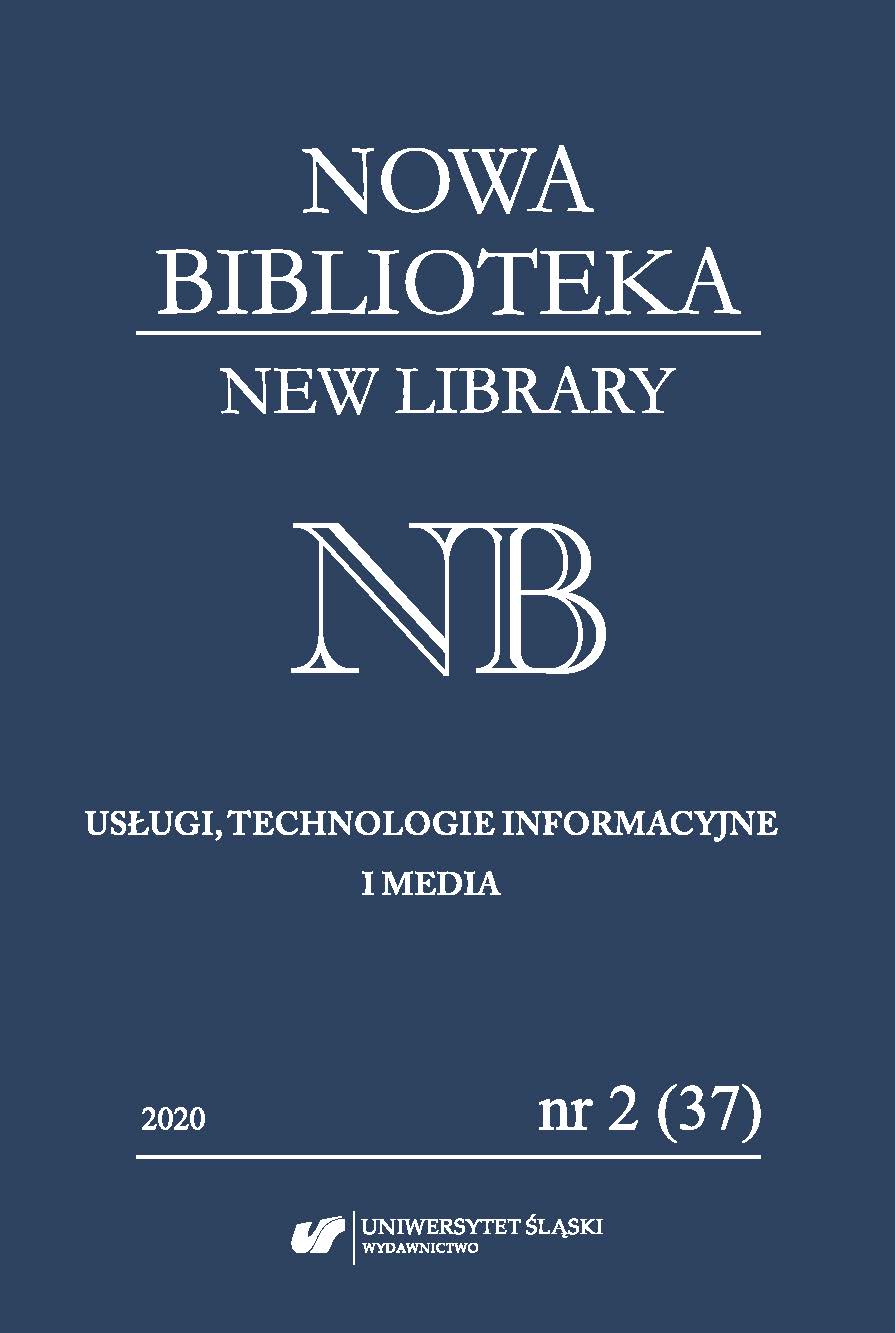
The aim of the article is to show the history and collections of the Zakład im. Ossolińskich in the years 1817–1939. By means of the analysis of the preserved documents and the existing literature on the subject, an attempt was made not only to show the history of the institution, selected collections from the library’s resources, but also to present its organization and people who have passed through its walls over the past 120 years. This is all the more important as, unlike many other Polish libraries, the complete history of the Ossolineum has never been written. The reason for this situation was that after 1945 almost all archives that could be used to learn about the history of the Institute remained in Lviv, and access to them was very difficult for Polish researchers, and sometimes even impossible. This situation began to change slowly after 1989. It was then that smaller or larger contributions were written about the history of the Ossolineum. Only recently, broader publications showing various aspects of the functioning of the Ossoliński National Institute. According to the founder’s intention, the institution, consisting of a library, publishing house and museum, was to not only collect various types of prints, manuscripts, works of art, but also make its collections available to all interested parties. The starting date of the article was determined by the establishment of the Institute, which took place in 1817. The founder spent several years considering where the institution would have its seat. Ultimately, after his death in 1827, the collections collected by Józef Maksymilian Ossoliński were transported to Lviv and placed in the rebuilt former church and convent of Carmelite sisters. It was then that the collections collected by the Lubomirski family from Przeworsk were finally added to the Ossolineum. Over a period of over 100 years, numerous manuscripts, archives, books, magazines and works of art have been added to the collection of the Ossolineum. The end date of the presented article is set in 1939. The outbreak of World War II began a new dramatic period in the history of the Ossolineum, which ended with its transfer to Wrocław in 1945.
More...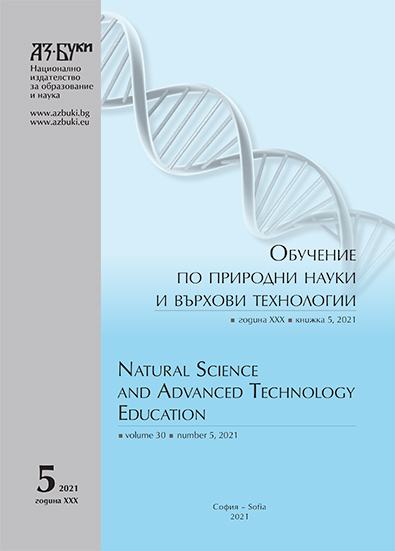
Geber (Latinized name of Jabir ibn Hayyan (c. 721 – c. 815)) is among the most notable representatives of medieval chemistry. The article, dedicated to the 1300th anniversary of his birth, tries to depict his work as the beginning and groundwork for Arabic alchemy, also serving as a push for the formation of chemistry in the future. The article touches upon his life, characteristics, evaluation of his works, doubts about his identity and authorship. His influences are examined and his achievements in the area of metallurgy (sulfur-mercury theory, characterizing all known metals), knowledge of `secret` (stimulating the transmutation of metals) substances, mineral acids, salts, chemical processes and apparatus, his contributions to practical chemistry prove the broadness of his interests. His rational and practical approach is acknowledged and also his “outer” spiritualism present in the terminology inherited by the authors of Alexandria. The legacy he leaves – his authority, influence on the development of chemistry and followers – Arabic medical alchemists. In the conclusion his services to science and civilization are summarized.
More...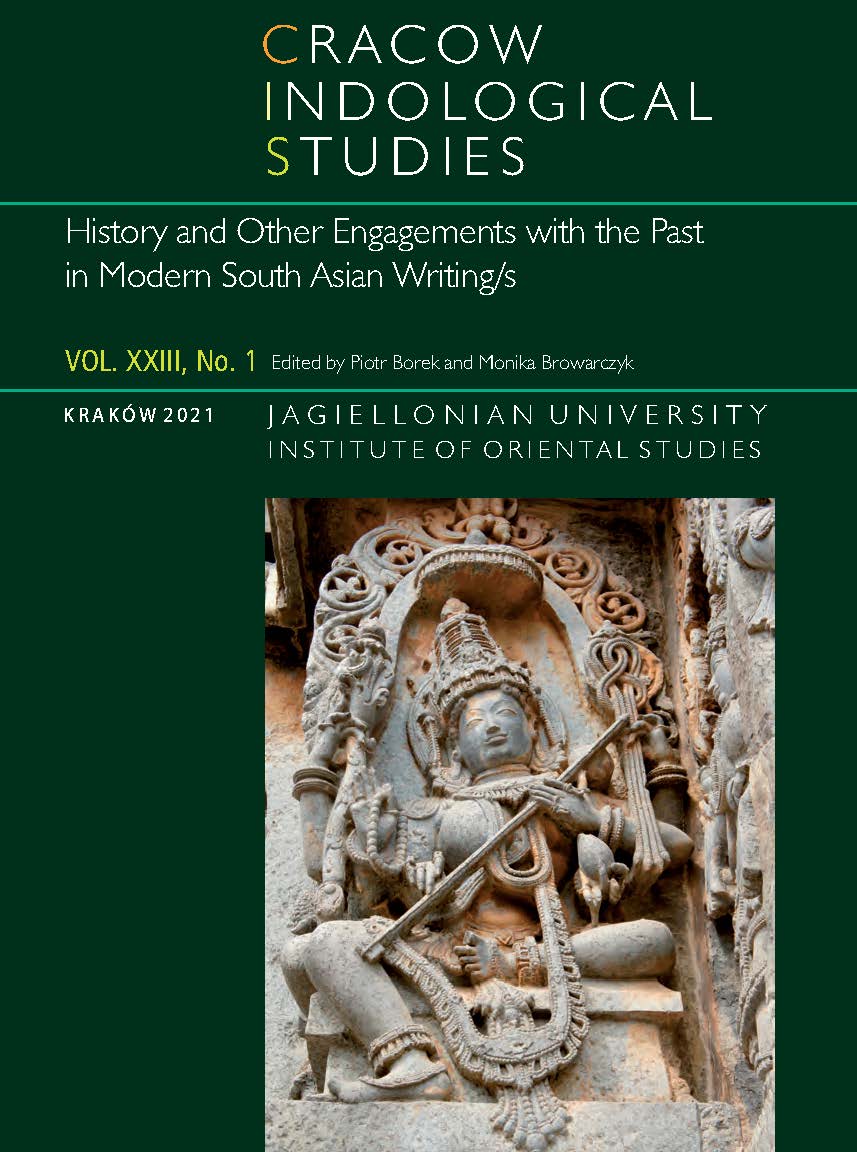
The present paper looks at a fictional account of the Bengal famine of 1943 in order to locate relevant historical information regarding a specific period of time (Chatterjee 2014) and identify elements that would allow it to be read as an example of the ‘prose of the world’ in Ranajit Guha’s understanding of the term (Guha 2002). The narrative of Amr̥tlāl Nāgar’s Bhūkh is framed through author’s recourse to his own experience, artistic and historical research, lived emotions and personal feeling of urgency to record the event. By repeatedly raising the claim of authenticity of his testimonial, Nāgar unwittingly draws us into an investigation of his relationship with the main narrator and the protagonist of his work. This, in turn, reveals the absence of clarity on the part of the author—he seems in two minds when discussing the role of the elites in making of the famine and is unable to either criticise or justify their failure to act. Further, the paper investigates social reality presented in the novel; the naturalistic, progressive aesthetics used in the description of the embodied violence of hunger; and the portrayal of the protagonist whose vantage point makes the story significantly detached from the ‘masses’ depicted variously as insects or savages, driven by hunger and hunger only. Principal focaliser’s upper-caste perspective allows him to feel superior to the less fortunate ‘skeletons’ and ultimately justify his survival by saving a seemingly upper cast infant, the action understood by him as equal to saving the entire human race. However, to my mind, the reality of hunger presented by the protagonist is conventional, self-centred, and lacks in-depth social criticism.
More...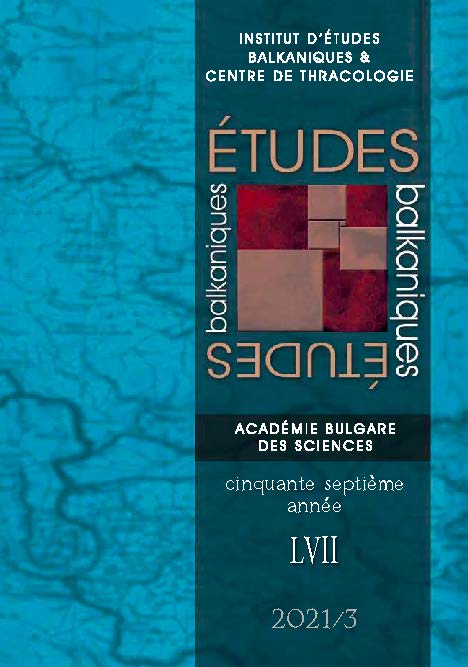
The aim of the research is to present the effect of a prosperous trader from Pirot onto the visual culture in the second half of the 19th century. After the Tanzimat reforms in the Ottoman Empire according to which the non-Muslim vassals gained certain freedoms under the Gilhana hatt-i sharif in 1839, a new middle class was formed. In Pirot, specifically into its less populated part Tijabara, the residents from the nearby villages came and settled there. This migrating process resulted in trade development in the town itself, and contributed to a rapid enrichment of the newly-formed middle class. The assumption is that one of these settlers was the trader Koca Stefanović, who has been often mentioned throughout the available documentation. This trader was a socially responsible, devout Orthodox Christian and a distinguished citizen. This paper aims at reconstructing the activities and the importance of this trader in the visual culture and cultural history of Pirot.
More...
International order is one of the key concepts of international relations of the 19th and 20th centuries following the wars and the shifting of major paradigms. When the Cold War ended it became more relevant for the Balkans since the balance of power was no longer the most suitable model for regional peace, following the dangerous ethnic tensions, and new realities. The paper intents to explain the main values and characteristics of the contemporary international order, specifically since the collapse of the balance of power; and to analyze what this means for the Balkans, both in terms of international involvement in the Balkans, and the positioning of Balkan states in the system of international relations? The study identifies the main patterns that shape contemporary international order, noting the increased impact of globalization, and shifting of the models of international order towards the stability, geopolitical relevance, and development of the Balkans.
More...
The paper deals with two graffiti drawing in the south gallery in the former Christian church Hagia Sophia converted after 1453 into mosque Ayasofya. In view of the posture, clothing and headgear of the figure, most likely the author of the first drawing intended to present a whirling dervish. The attempt to date non-epigraphic graffiti with any degree of accuracy is often extremely difficult, but a terminus post quem of this graffito drawing can be the 15th century suggested on the basis of the established clothing standard for all members of the Mevlevi Order. The second drawing presents three weapons defined as “saber” and most likely they correspond to the well-known types of sabers in the Near East Zulfikar, kilij and Shamshir. The hypothetical time span for creating the drawing with the three sabers is between the 17th and the end of the 18th century.
More...